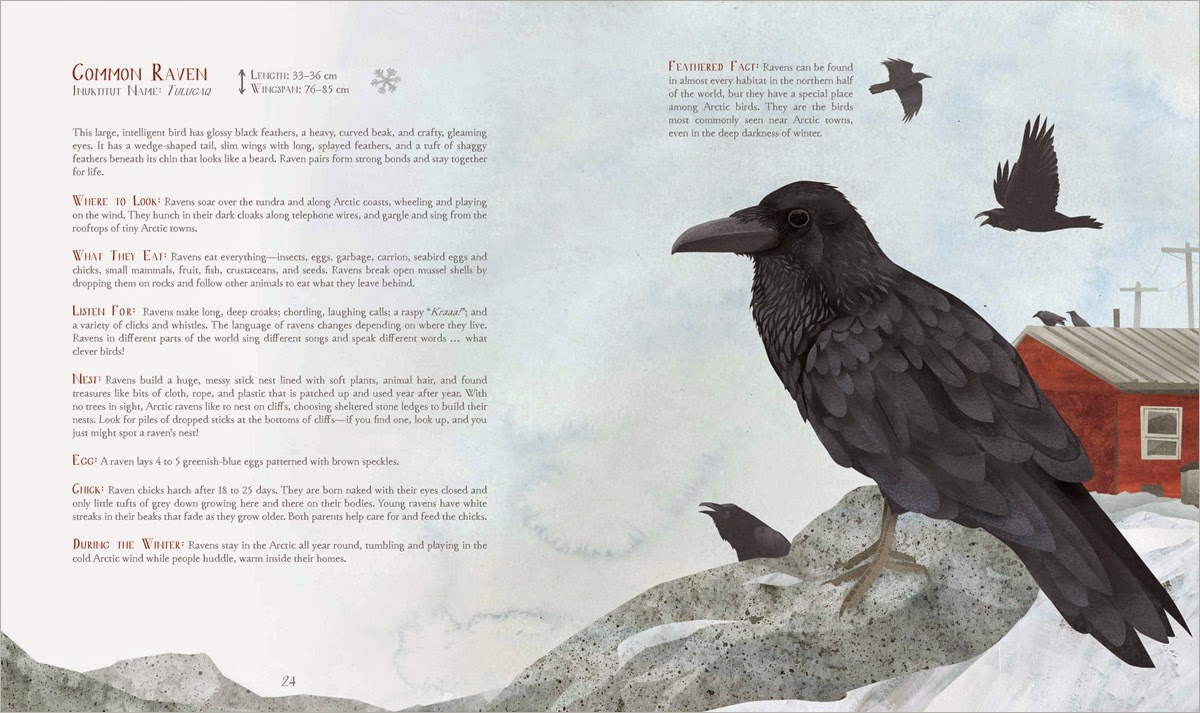People write to me asking about the merits of this or that nonfiction book or series, which one(s) I recommend, etc. Keeping up with them, and/or writing a comprehensive review is daunting, and something I have not done. A lot of nonfiction has photographs that I like. For example, Marcia Keegan's books (listed below in the not recommended section) are about Pueblo people. I like the photos! The captions... not so much. I'm pretty sure Pueblo kids would like those photos, too, and I'd love to sit with them and write new captions for the photos. Maybe we'd use a Sharpie! And we could re-write problematic text, too! That would be an excellent activity, showing them that books have errors--that, in this case, the kids know more than the author... that books are not perfect.
Though I've not done any reviews of series, I can offer this:
In A Broken Flute: The Native Experience in Books for Children edited by Doris Seale and Beverly Slapin, you'll find a section titled "Reviews: Photoessays of Indian Children."
I strongly encourage you to buy A Broken Flute and read the reviews in their entirety. You'll learn a lot from studying those reviews. That study will help you in your collection development (decisions on what to get/what to weed) in the future. Here's my sorting of the reviews into three categories, recommended/recommended, but some parts uneven/not recommended and in two parts. First are books that stand alone, and second are books in a series.
Recommended
Ancona, George:
- Earth Daughter: Alicia of Acoma Pueblo
- Mayeros: A Yucatan Maya Family
- Pablo Remembers: The Fiesta of the Day of the Dead
- Powwow
Jenness, Aylette and Alice Rivers. In Two Worlds: A Yup'ik Eskimo Family
LaDuke, Winona and Waseyabin Kapashesit. The Sugar Bush
McMillan, Bruce. Salmon Summer
Rendon, Marcie. Powwow Summer: A Family Celebrates the Circle of Life
Rose, LaVera. Grandchildren of the Lakota
Thompson, Sheila. Cheryl Bibalhatsl/Cheryl's Potlach
Recommended, but some parts uneven
Brown, Tricia. Children of the Midnight Sun: Young Native Voices of Alaska.
Gravelle, Karen. Growing Up: Where the Partridge Drums Its Wings
Kendall, Ross. Eskimo Boy: Life in an Inupiaq Eskimo Village
Sola, Michele. Angela Weaves a Dream: The Story of a Young Maya Artist
Wolf, Bernard. Beneath the Stone: A Mexican Zapotec Tale
Not recommended
Garcia, Guy. Spirit of the Maya: A Boy Explores His People's Mysterious Past
Hazen-Hammond, Suzan. Thunder Bear and Ko: The Buffalo Nation and Nambe Pueblo
Hoyt-Goldsmith, Diane.
- Apache Rodeo
- Arctic Hunter
- Buffalo Days
- Cherokee Summer
- Day of the Dead: A Mexican-American Celebration
- Lacrosse: The National Game of the Iroquois
- Potlatch: A Tsimshian Celebration
- Pueblo Storyteller
- Totem Pole
Keegan, Marcia
- Pueblo Boy: Growing Up in Two Worlds
- Pueblo Girls: Growing Up in Two Worlds
Mott, Evelyn Clarke. Dancing Rainbows
Reynolds, Jan. Frozen Land: Vanishing Cultures
Wood, Ted, with Wanbli Numpa Afraid of Hawk. A Boy Becomes a Man at Wounded Knee
SERIES
Recommended, but parts uneven
"My World: Young Native Americans Today"
Published by Beyond Words, in association with the National Museum of the American Indian
- Belarde-Lewis, Miranda. Meet Lydia: A Native Girl from Southeast Alaska
- Secakuku, Susan. Meet Mindy: A Native Girl from the Southwest
- Tayac, Gabrielle. Meet Naiche: A Native Boy from the Chesapeake Bay Area
"We Are Still Here"
Published by Lerner
- Braine, Susan. Drumbeat... Heartbeat: A Celebration of the Powwow
- Hunter, Sally. Four Seasons of Corn: A Winnebago Tradition
- King, Sandra and Catherine Whipple. Shannon: An Ojibway Dancer
- Mercredi, Morningstar and Darren McNally. Fort Chipewyan Homecoming: A Journey to Native Canada
- Nichols, Richard and D. Bambi Kraus. A Story to Tell: Traditions of a Tlingit Community
- Peters, Russell M. Clambake: A Wampanoag Tradition
- Regguinti, Gordon. The Sacred Harvest: Ojibway Wild Rice Gathering
- Roessel, Monty. Kinaalda: A Navajo Girl Grows Up
- Roessel, Monty. Songs from the Loom: A Navajo Girl Learns to Weave
- Swentzell, Rina and Bill Steen. Children of Clay: A Family of Pueblo Potters
- Wittstock, Laura Waterman and Dale Kakkak. Ininatig's Gift of Sugar: Traditional Sugarmaking
- Wittstock, Laura Waterman and Dale Kakkak. Sugar Bush: Ojibway Maple Sugarmaking
- Yamane, Linda. Weaving a California Tradition: A Native American Basketweaver
Not recommended
"The Library of Intergenerational Learning: Native Americans"
Published by PowerKids/Rosen
Kavasch, E. Barrie.
- Apache Children and Elders Talk Together
- Blackfoot Children and Elders Talk Together
- Crow Children and Elders Talk Together
- Lakota Sioux Children and Elders Talk Together
- Seminole Children and Elders Talk Together
- Zuni Children and Elders Talk Together
"The World's Children" (exception is Grandchildren of the Lakota by LaVera Rose)
Published by Carolrhoda/Lerner
Hermes, Jules. Children of Guatemala
Pitkanen, Matti A. The Grandchildren of the Incas
Staub, Frank.
- Children of the Sierra Madre
- Children of the Tlingit
- Children of Yucatan
One more thing!
Another reason to get a copy of
A Broken Flute is its guide to evaluating photo essays! Here's a photo of the top part of it (the guide is by Naomi Caldwell, Debbie Reese, and Beverly Slapin):
Update, 8/22/2015
In a comment, Ami said the Kavash book about Apaches is well received where she is. I don't know Ami or where she is. I don't know if she's read it. I asked and told her I'd see what
A Broken Flute says about Kavash's books. Here are screen caps of the review, by Beverly Slapin (note: I added Slapin's name to this update later in the day, on 8/22/2015):





































